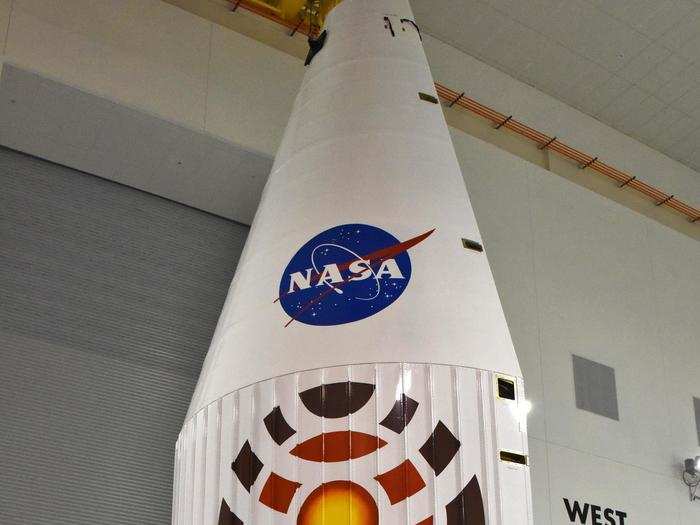- Home
- slideshows
- miscellaneous
- NASA is sending a new solar-powered lander to Mars to check out what's been happening for the past 4.5 billion years
NASA is sending a new solar-powered lander to Mars to check out what's been happening for the past 4.5 billion years
The trip to Mars won't happen overnight. It takes about six months for the InSight lander to travel the roughly 301 million miles from southern California to Martian soil.

If everything goes according to plan, InSight will land on Mars on November 26, 2018.
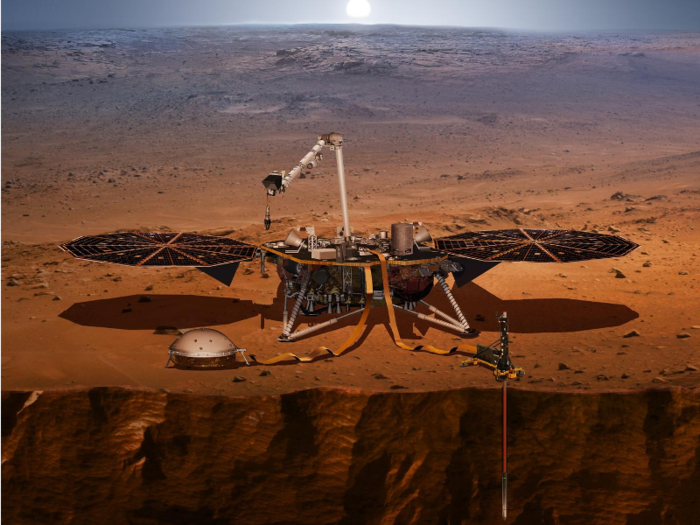
The last minutes of its journey traveling down into the Martian atmosphere will be the trickiest, as it slows down from around 12,500 miles per hour to five miles an hour in just seven minutes.
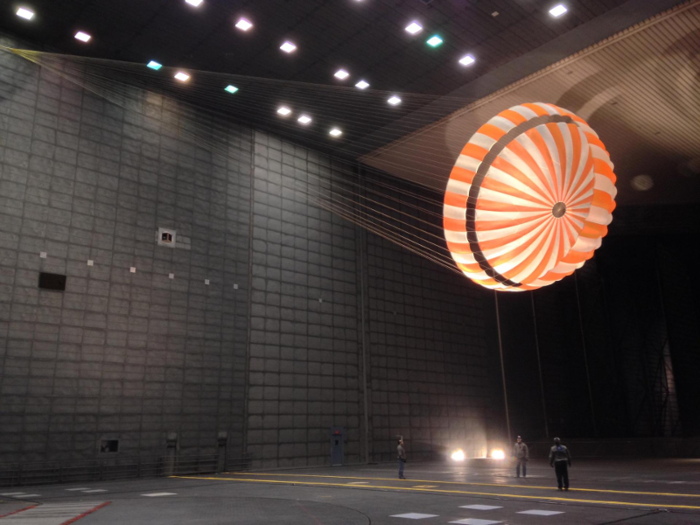
InSight will use a parachute, and fire off thrusters to help itself slow down as it approaches the Red Planet. The legs of the machine are also shock absorbers.
Once InSight has touched down firmly on the Martian ground, it'll get to work examining the rocky surface of Mars. InSight scientists hope the lander will help them gain a better understanding of how all rocky planets, including Earth, formed.
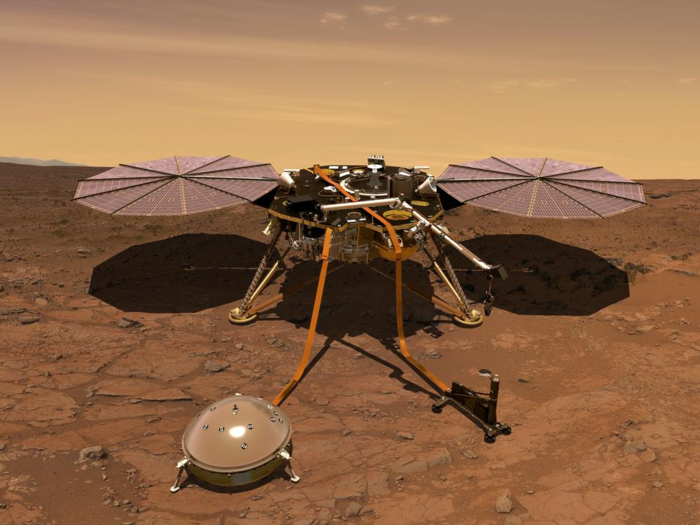
The lander won't move around on Mars like a rover. Instead, it's more like an unmanned research station.
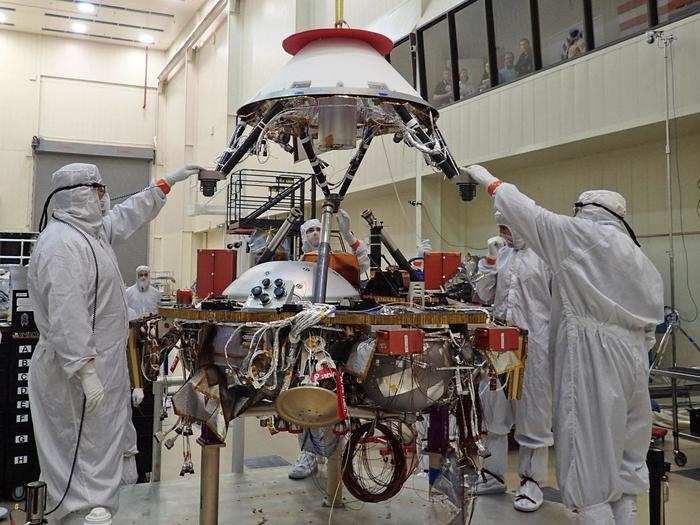
NASA says it "carefully places its instruments on the Martian surface."
InSight will land in a spot on Mars called "Elysium Planitia," roughly 4.5 degrees north latitude and 135.9 degrees east longitude. It's a relatively flat place, close to the Martian equator.
One of the first things the ~20-foot-long lander will do when it touches down is start drilling its heat probe into the Martian soil. That will take about two months.
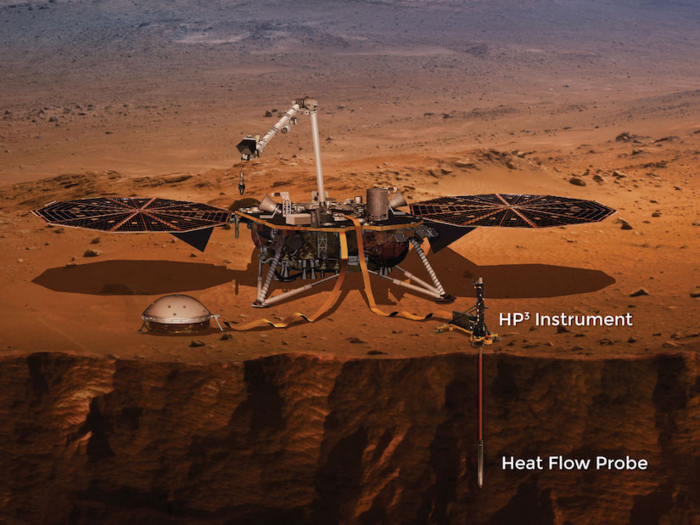
NASA calls it "a self-hammering heat probe."
InSight's probe, roughly one and a half stories tall, will check the temperature below the surface of Mars.
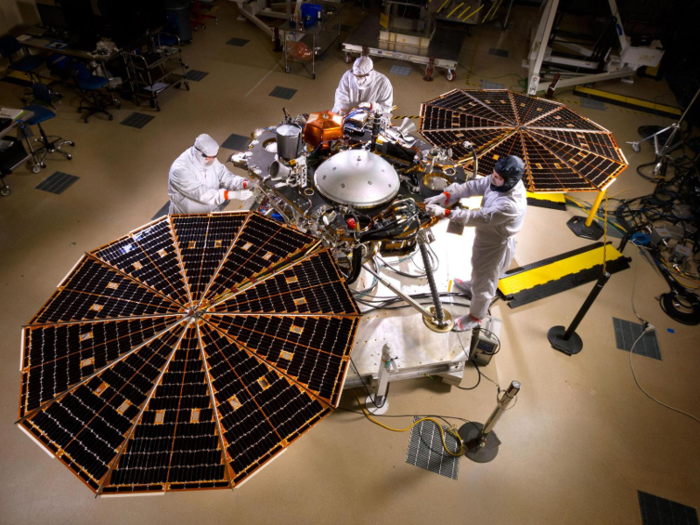
It will burrow up to 16 feet into Martian soil, measuring how much heat comes out of the planet for the first time.
InSight will also be on the lookout for Marsquakes
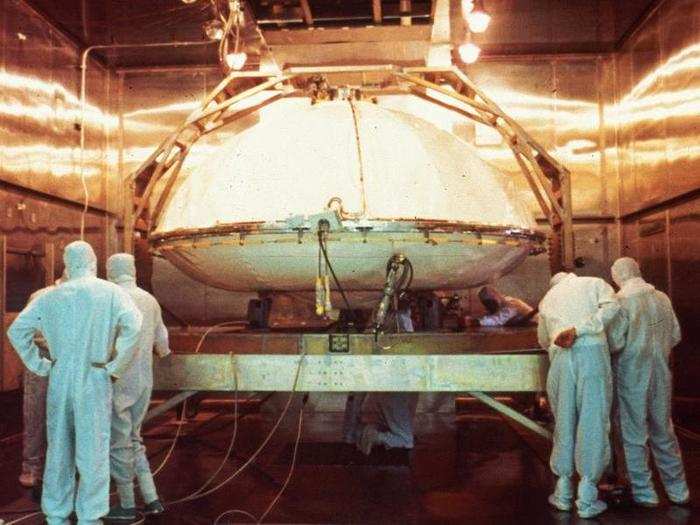
If Earth has earthquakes, then Mars must have marsquakes, right? But quakes on Mars are much more mysterious than earthquakes, which scientists know are usually caused by shifts in Earth's tectonic plates.
Scientists think Mars quakes could be caused by other types of tectonic activity, like volcanism, cracks in the planet's crust, or even meteorite impacts.
NASA tried studying marsquakes once before with the Viking landers that plopped down on Mars in the late 1970s. But their shake-measuring instruments sat on top of the landers, and often swayed in the wind.
"I joke that we didn't do seismology on Mars, we did it three feet above Mars," Bruce Banerdt, InSight's principal investigator said.
Scientists are expecting to see dozens if not hundreds more quakes during the time that InSight is sitting on Mars.
The lander uses this ~7-foot-long robotic arm to move put that marsquake detector (seismometer) and its heat probe on the ground. But there's a third important instrument included on InSight.

A pair of antennas and a radio transmitter will record how much the planet shakes and wobbles as it orbits.
That will help scientists learn more about Mars' iron-rich core, like how big the core is, and whether it's a liquid or solid.
NASA went on a similar mission to check up on Mars about ten years ago. The Phoenix mission landed on the planet in 2008.
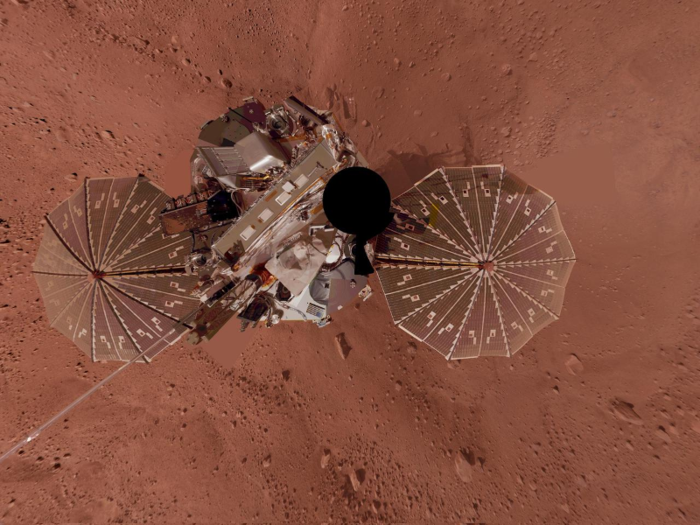
It lasted for only five months before it ran out of sunlight.
Phoenix wasn't designed to withstand the dark and frigid Martian winter, when temperatures can dip hundreds of degrees below zero (Fahrenheit). But InSight is ready for the cold.
InSight will spend more than one Mars year on its Martian 'checkup.' For you earthlings out there, that's equivalent to two Earth years, minus a couple days.
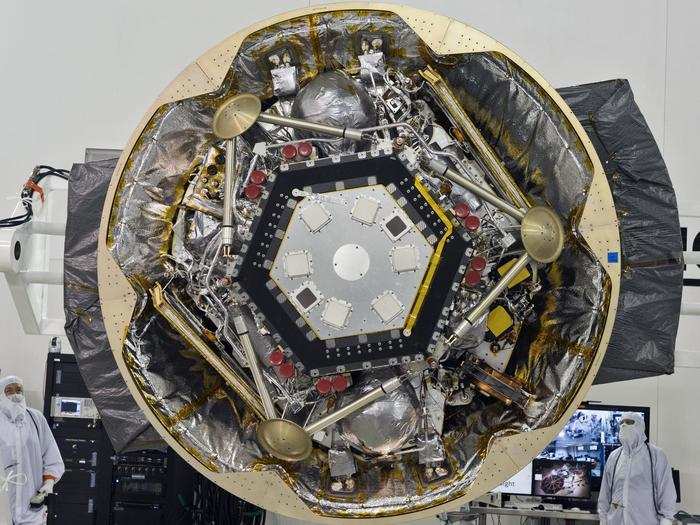
On Mars, days are measured as Sols. InSight will stay for 708 of those Mars days, but in Earth terms it'll be there for 728 days.
Popular Right Now
Popular Keywords
Advertisement
